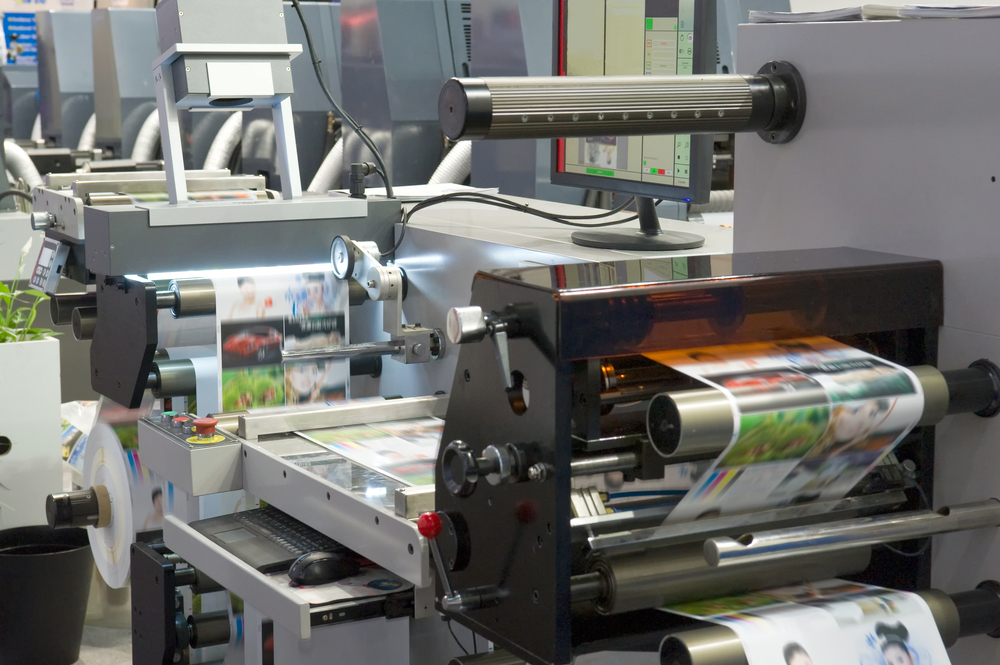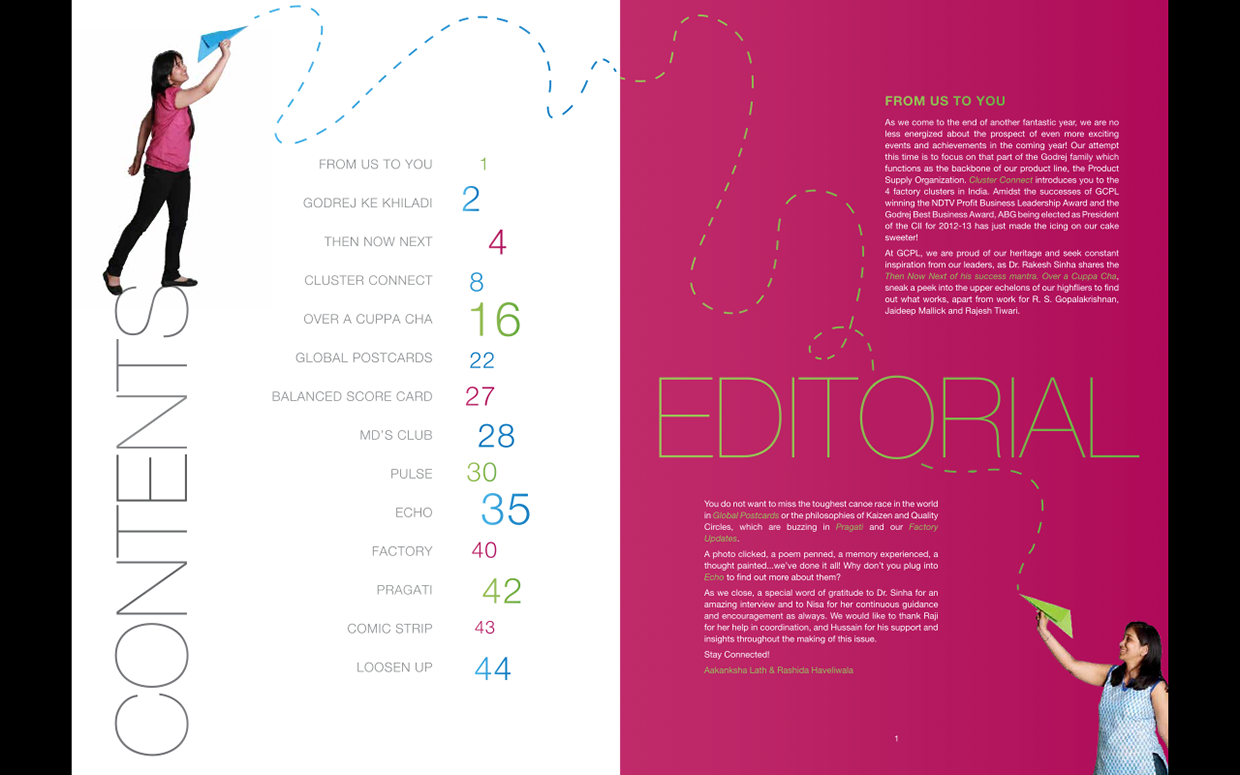Overview of Publishing & Printing Industry

Publishing & Printing – The publishing and printing industry has a rich history that spans centuries. It has evolved from the invention of the printing press by Johannes Gutenberg in the 15th century to the digital age of today. The industry has played a vital role in the dissemination of knowledge and information, shaping societies and cultures worldwide.
The publishing and printing industry encompasses a wide range of activities, including book publishing, magazine publishing, newspaper publishing, and commercial printing. It is a major global industry, with an estimated market size of over $1 trillion in 2023. The industry is expected to continue to grow in the coming years, driven by the increasing demand for digital content and the growth of emerging markets.
Major Players and Trends
The publishing and printing industry is dominated by a few major players, including Penguin Random House, Hachette Livre, and Scholastic. These companies control a significant portion of the market share and have a global reach. In recent years, the industry has been undergoing a number of trends, including the rise of digital publishing, the consolidation of the industry, and the growth of self-publishing.
Types of Publishing & Printing
Publishing and printing encompass various specialized fields, each with its own unique characteristics and processes. Understanding the different types of publishing and printing methods is crucial for effective communication and production of printed materials.
Types of Publishing
The publishing industry is broadly classified into several types based on the nature of the content and target audience:
Book Publishing
Focuses on producing and distributing books, including fiction, non-fiction, textbooks, and academic works.
Magazine Publishing
Involves the creation and circulation of periodicals that cover specific topics or cater to particular interests, such as news, fashion, or entertainment.
Newspaper Publishing
Produces daily or weekly publications that provide up-to-date news, current events, and analysis.
Types of Printing Methods
The printing industry employs a range of techniques to transfer ink or other materials onto paper or other substrates:
Offset Printing
A widely used method that involves transferring the image from a metal plate to a rubber roller and then to the paper. It offers high-quality results, suitable for large print runs.
Digital Printing
Utilizes digital files to directly print images onto paper without the need for plates or rollers. It is ideal for short runs and variable data printing.
Flexography
A printing process commonly used for packaging materials, labels, and flexible substrates. It employs flexible printing plates and liquid inks to achieve high-speed printing.Each publishing and printing type has its advantages and disadvantages, making it suitable for specific purposes. The choice of method depends on factors such as print quality, cost, turnaround time, and print volume.
Publishing & Printing Processes
The publishing process encompasses the steps involved in bringing a written work from its initial conception to its distribution to readers. It begins with the submission of a manuscript by an author and involves editing, design, production, and distribution.The printing process, on the other hand, refers to the techniques and technologies used to produce physical copies of a publication.
It encompasses prepress, printing, and finishing stages.
Key Equipment and Technologies in Publishing & Printing
The publishing and printing processes utilize a range of equipment and technologies to facilitate the production and distribution of publications. These include:
- Manuscript submission platforms
- Editing and design software
- Printing presses
- Binding and finishing equipment
- Distribution channels
Digital Publishing & Printing

The advent of digital technology has profoundly impacted the publishing and printing industry. It has revolutionized the way content is created, distributed, and consumed, leading to both advantages and disadvantages.
Advantages of Digital Publishing & Printing
- Reduced costs:Digital publishing eliminates the need for physical printing, distribution, and storage, significantly reducing production and distribution costs.
- Increased accessibility:Digital content can be accessed anytime, anywhere, from any device with an internet connection, expanding the reach of publishers and authors.
- Real-time updates:Digital publications can be updated instantly, allowing for timely dissemination of information and corrections.
- Interactive content:Digital platforms enable the inclusion of interactive elements such as videos, animations, and quizzes, enhancing reader engagement.
- Environmental sustainability:Digital publishing reduces the use of paper and other resources, contributing to environmental conservation.
Disadvantages of Digital Publishing & Printing
- Lack of physicality:Digital content lacks the tangible qualities of printed materials, which can diminish the reading experience for some readers.
- Digital divide:Access to digital content may be limited for individuals with poor internet connectivity or who lack digital literacy.
- Copyright concerns:Digital content is more susceptible to unauthorized distribution and piracy, posing challenges to protecting intellectual property rights.
- Preservation challenges:Digital content may be more vulnerable to data loss or corruption compared to printed materials.
- Reduced job opportunities:Digital publishing and printing technologies have led to automation and job displacement in the industry.
Types of Digital Publishing Platforms
Various digital publishing platforms cater to different content types and audiences:
- E-book platforms:Amazon Kindle, Apple Books, Google Play Books
- Online magazines and newspapers:The New York Times, The Guardian
- Academic journals:JSTOR, ScienceDirect
- Blogging platforms:WordPress, Medium
- Social media:Facebook, Twitter
Digital Printing Technologies
Digital printing technologies enable the direct production of printed materials from digital files:
- Inkjet printing:Uses liquid ink to create high-quality images and text.
- Laser printing:Uses a laser to create an electrostatic image on a drum, which is then transferred to paper.
- 3D printing:Builds three-dimensional objects by depositing layers of material.
- Digital offset printing:Combines digital technology with traditional offset printing processes.
- Wide-format printing:Produces large-scale prints for billboards, posters, and banners.